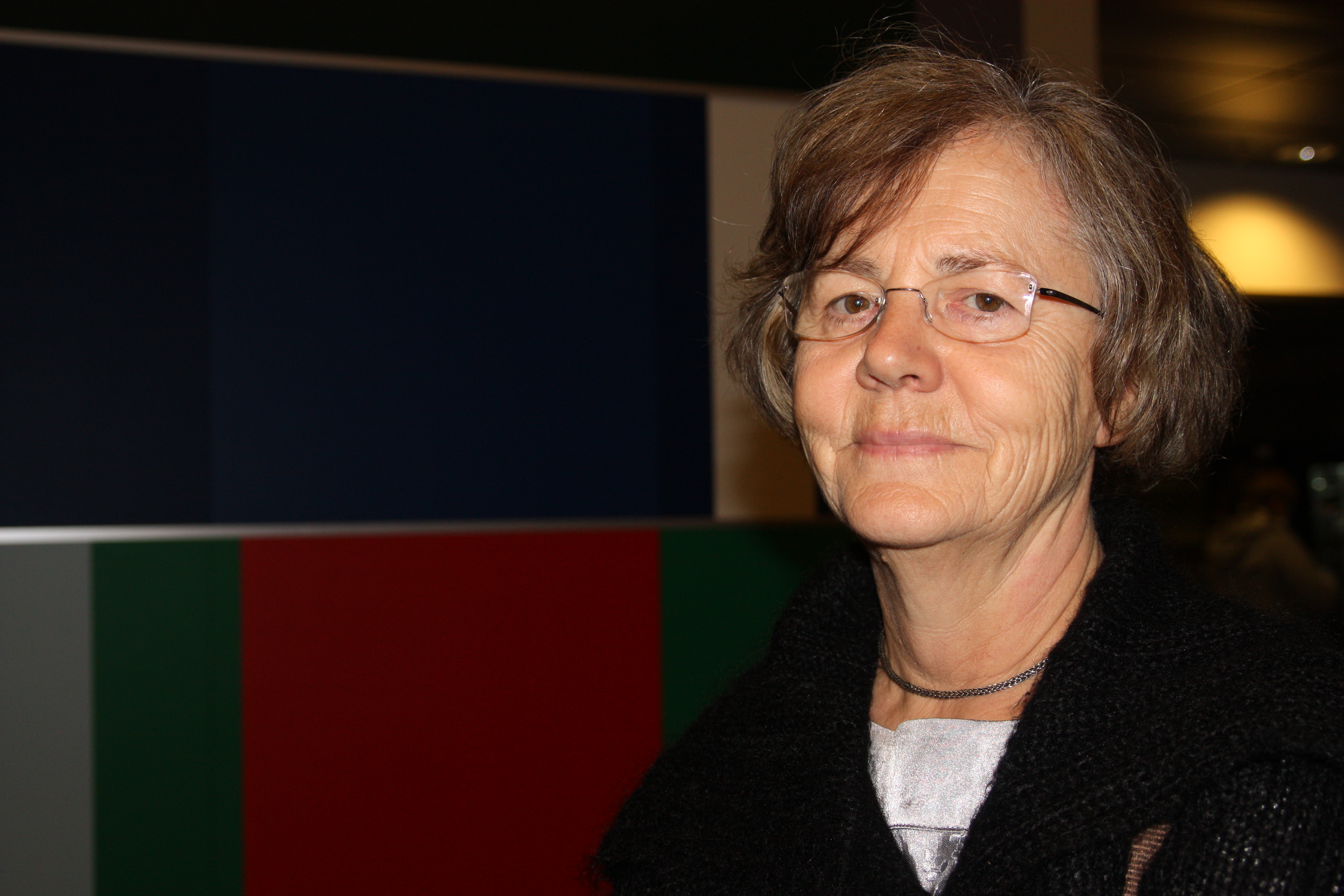The Golden Age of Gender Equality
“We now have a unique historical opportunity to do something about the gender imbalance in Norwegian research,” says Professor Hanne Haavind, who has recruiting advice for leaders who want to seize the day.

“We are facing a radical generation shift at the universities in the coming decade. Many researchers will retire and vacant positions will be filled by younger people. This will give us the chance to use the appointment process to improve the gender balance.”
Hanne Haavind is a professor of psychology at the University of Oslo (UiO), and has closely followed the efforts to promote gender equality in academia for many years. As a former vice-dean of the Faculty of Social Sciences and member of the coordination group for gender equality at UiO, she also has practical experience in the field. Currently she serves on the university’s board.
Haavind wants to ensure that gender equality efforts are carried out today under totally different conditions than they were a few decades ago.
“From an academic standpoint, there have never been better reasons for promoting gender equality,” she says.
“The argument that we have too few qualified female applicants does not hold water. Women are part of the pool of candidates, and as a group they are just as qualified as men. If we continue the same gender-biased recruitment practices within the sector, we will be cheating all the women who are dedicated to their disciplines and who have worked hard to acquire expertise as researchers.”
It won’t happen by itself
“But doesn’t the fact that so many more women have doctoral degrees mean that the percentage of women in permanent positions will rise automatically in the future?”
“No, it won’t happen by itself. The hiring process has a striking and unfortunate tendency to reproduce a pattern that favours men. Take my own department as an example. In 2005, I counted up all the appointments to professor or associate professor positions since 1998. During that period the department had hired 17 men and only three women, despite the fact that 70 percent of the students pursuing doctoral degrees in the department were women. Nobody, including me, could believe it could be true. This shows that we must take concerted action to address the problem,” says Haavind.
“What can be done to ensure more gender-balanced recruitment?”
“There is only one measure that works, and it is what the strategy for gender equality at the University of Oslo is based on: appointments to permanent positions must reflect the gender distribution of the recruitment pool. This means, among other things, that the academic field must be defined in a way that appeals to women who might be potential applicants. It also means that someone must make direct contact with relevant women and encourage them to apply.”
“As the vice-dean you were responsible for drawing up an action plan for gender equality for the Faculty of Social Sciences. What did you emphasize in that plan?”
“We paid particular attention to planning for academic positions. We looked at the ages of the staff at the faculty and how many would retire in the near future. This gave us an idea of what we could do in terms of new appointments. We also looked at the recruitment pool and its gender distribution. In this way the plan enabled us to keep gender equality in mind when hiring because we could see the individual appointments in relation to the bigger picture.”
Gender equality and appointments
“But is it possible to take gender equality into account during the individual hiring process?”
“You can make gender equality assessments at all stages of the hiring process: when you write the job advertisement, when you recruit applicants, and when you assess the candidates.”
“At the University of Oslo we have changed the rules for appointments so that the leaders have more leeway to give consideration to gender equality when hiring. It is possible to set up an active search committee to identify potential candidates instead of just advertising the position and assessing those who apply for it. When a search is conducted, the job advertisement can be amended if very good candidates are found who fall a bit outside the original search criteria. The search committee can also ensure a good match between the job advertisements and the academic interests of potential applicants.”
The Faculty of Social Sciences also adopted this practice when Haavind was vice-dean, and it implemented measures to prevent a predominance of men in professor II positions. Every time a man was recruited for a position, a woman had to be recruited as well.
“In other words, we killed two birds with one stone, because in my time at the Faculty of Social Sciences there were 21 people in professor II positions, but only two were women.”
Haavind does not know whether this plan was followed up since she stepped down as vice-dean of the faculty shortly after the plan was adopted.

At cross purposes
“What opposition have you faced in your work to promote gender equality?”
“It has mainly revolved around getting the principles of gender equality and fairness to work in practice. If the leaders don’t monitor this work to some extent, nothing will get done,” she says.
“This is also the problem with regard to the rules for appointment at UiO. We made changes that have enabled leaders to give priority to gender equality in the hiring process. But as soon as these rules were introduced, they were justified on other grounds and the argument that these changes would promote gender equality was no longer heard. As a result, there are few people today who realize the tool we have at our disposal.”
In Haavind’s view, there is also a danger that putting more focus on diversity in general may lead to a situation in which all under-represented groups are mentioned, but none of them makes any headway.
“I absolutely agree that it is crucial to focus on various types of discrimination, such as that related to ethnicity. But then we need to build on something concrete, otherwise it is just a lot of pretty words. We have a great deal of knowledge about the significance of gender in academia, but we lack similar knowledge about ethnicity.
We need to know more about the barriers faced by people from minority groups in order to include this perspective in a fruitful way in efforts to promote equality, including gender equality. And we need to know more about what they want. Otherwise we run the risk that the focus on diversity will weaken the efforts already underway.”
Taking action
“What can be done to put gender equality on the agenda? Is it possible to instruct leaders at various levels to give it priority”?
“Yes. There are many guidelines for what the leaders at the university must do, and they can also be issued guidelines in the area of gender equality.”
However, whether this will work depends on the ability to build legitimacy around gender equality efforts within the organization.
“Positive incentives have been shown to work well. A few years ago, for instance, a scheme was introduced in which the units competed for funding to promote female associate professors. Then more effort was made, and the leaders drew up lists of all the talented women who should be promoted to the professor level.”
“We should take this approach in other situations as well. Incentive models can be an effective way of lighting a fire under gender equality efforts.”
Translated by Connie Stultz.
In this series, we present some of the leaders from the university and university college sector in Norway who have been successful in changing the gender balance in their environments.
Hanne Haavind is a professor of psychology at the University of Oslo, and former vice-dean of the Faculty of Social Sciences.
Hanne’s advice: Just do it! The university leader who makes a targeted, well-planned effort in this area does not risk facing much opposition or difficulty. It is ineffectiveness that is dangerous and compromises the work to promote gender equality. There is no doubt the results will be positive. The women who are appointed will not be met with difficulties. We know this now.
- Establish an active search committee to identify potential candidates. If necessary, get help with finding interested female applicants.
- Define the academic field in relatively broad terms, but state preferences for some prioritized subject areas. Ensure that the definition of the academic field or the prioritized areas do not exclude female candidates or favour specific men.
- The search committee encourages potential candidates to submit a simplified application with a CV and list of scientific publications. In this round it is not necessary to conduct an academic assessment of all the applicants.
- The search committee selects the most relevant and competent applicants, viewed in relation to the unit’s academic needs and future plans for appointments. Following this step, the selected candidates are invited to submit a complete application.
- The assessment of academic qualifications can be more thorough when only strong, relevant applicants are being assessed. It is not the ranking of the candidates that is most important, but rather the actual presentation of their academic profiles and capabilities. If good female candidates are found, it is important to seize the opportunity and focus on what they can bring to the academic environment.
- The assessment of academic qualifications must be followed up with contacts, interviews and departmental seminars. Small, insignificant differences between good candidates will then become less noticeable, while their potential to participate in the environment and their academic capabilities will hopefully come to the foreground.
- Gender equality must be given consideration in all steps of the process, and it should be documented how this is done.
